Big cats, such as lions, tigers, leopards, and jaguars, employ a range of behaviors to mark their territory and communicate with rivals. This territoriality is not just about delineating space; it’s a critical part of their survival strategy, helping them secure resources and mating opportunities. In this article, we delve into the fascinating world of big cat communication and territorial marking.
Scent Marking: Nature’s Perfume
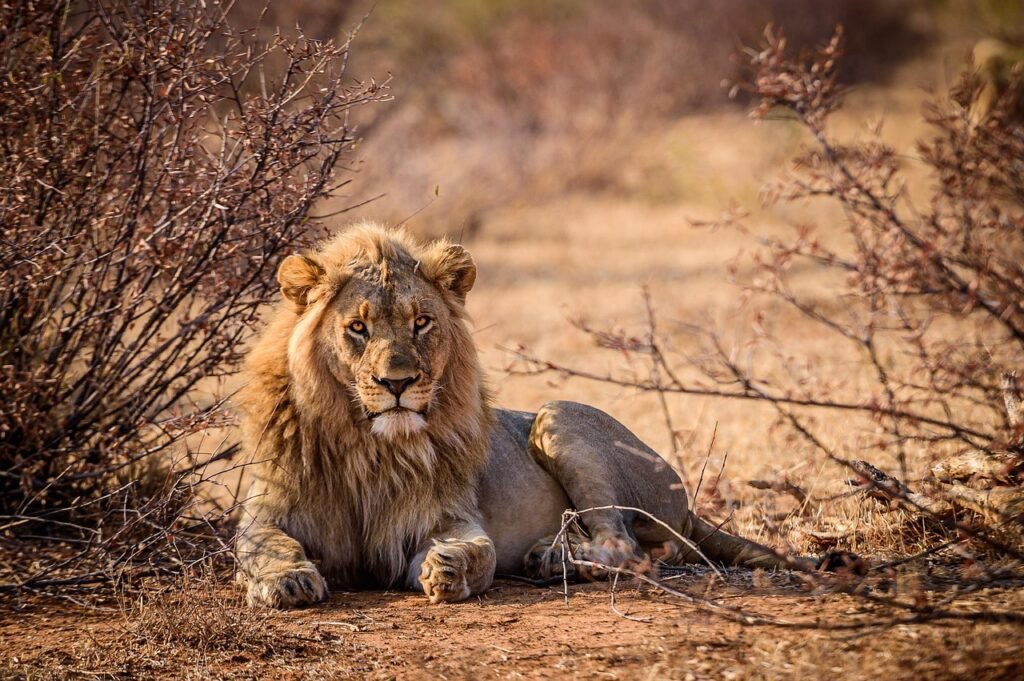
Scent marking is a primary method used by big cats to mark their territories. They possess specialized glands that produce strong-smelling secretions, which can be deposited on trees, rocks, and the ground. This scent serves as a warning sign to other cats, indicating the presence and dominance of the individual that left it. These scent markings are specific to each animal, much like a personalized signature.
Urine Spraying: A Fluid Message Board

In addition to glandular secretions, big cats frequently use urine spraying as a way to mark their territory. By backing up to a vertical surface and spraying urine, they leave a potent olfactory signal that can convey information about their identity, reproductive status, and health. This technique is particularly effective because the scent can linger and be detectable by other cats that pass through the area.
Scratching: A Multifunctional Signpost
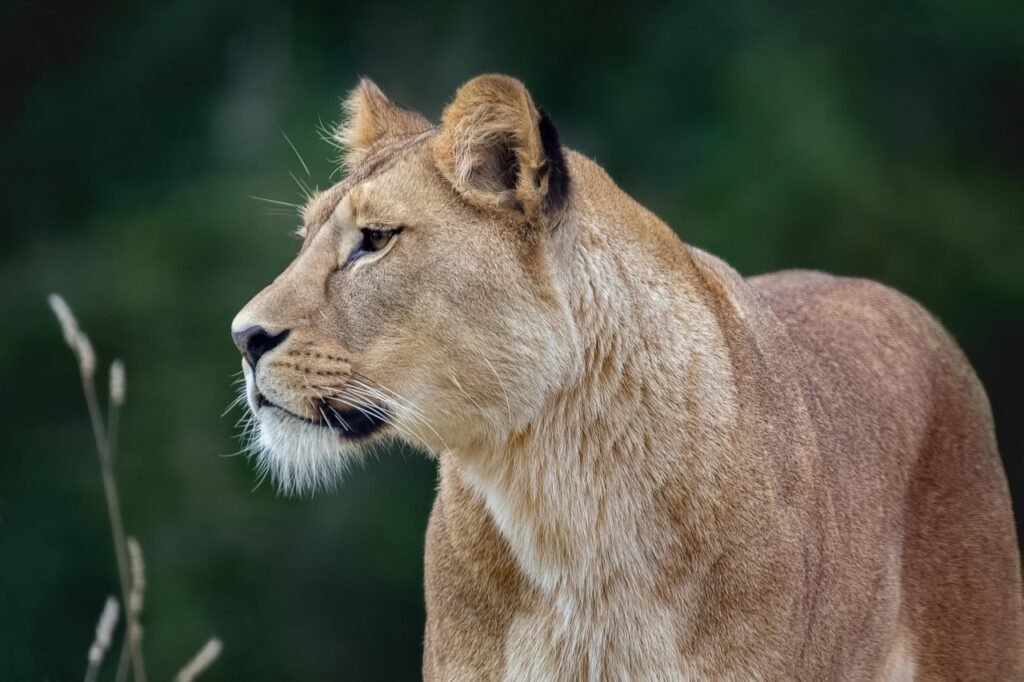
Scratching is another common behavior used by big cats to communicate territorial boundaries. When big cats scratch trees or other surfaces, they leave visual marks and deposit scent from glands located between their toes. This dual-purpose action not only maintains their claws but also communicates presence and territorial claims to others.
Vocalizations: Roaring and Beyond
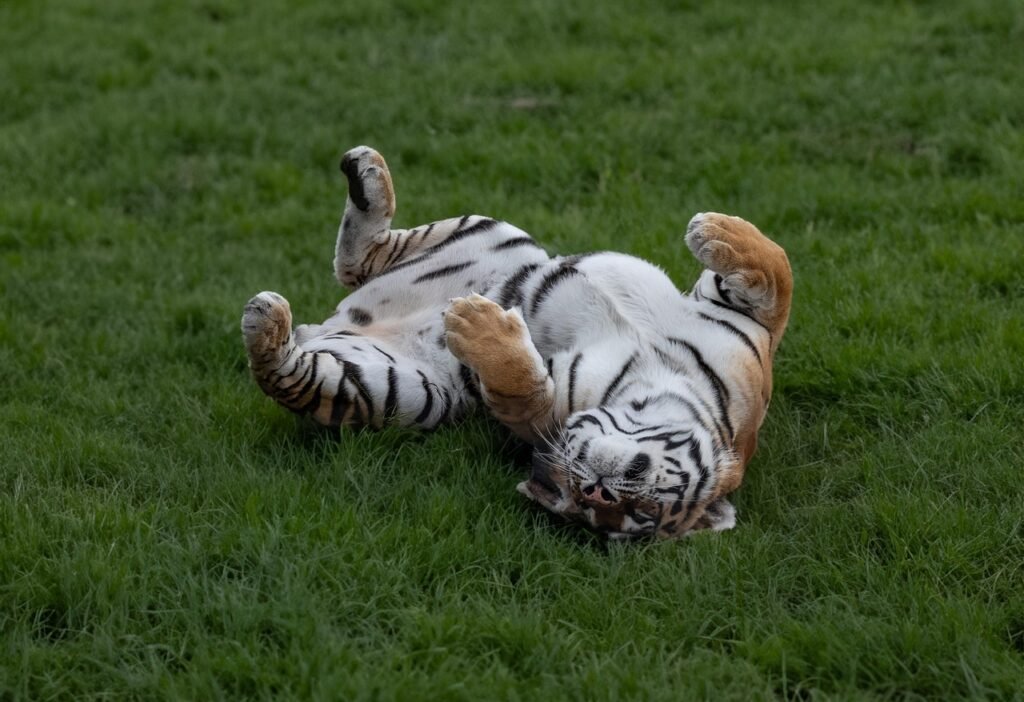
Big cats are also known for their vocal prowess. Roaring is a way for species like lions and tigers to communicate over long distances. A lion’s roar can be heard up to five miles away, effectively broadcasting dominance and territorial claims to potential rivals. These vocalizations serve as auditory warnings, reducing the need for physical confrontations.
Body Language: Posturing and Display
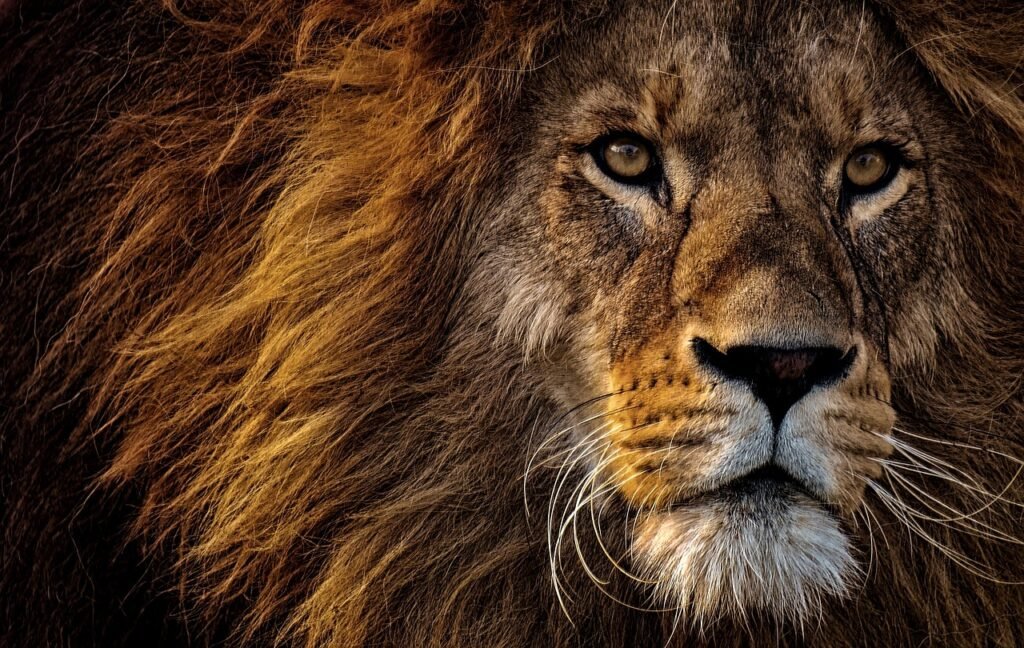
Non-verbal communication plays a crucial role in how big cats assert dominance and establish territory. Through various postures and gestures, such as standing tall, arching their backs, or displaying their teeth, big cats can intimidate potential rivals and assert their territorial claims. These displays are often a prelude to more aggressive interactions, should they become necessary.
Fecal Marking: A Less Known Technique
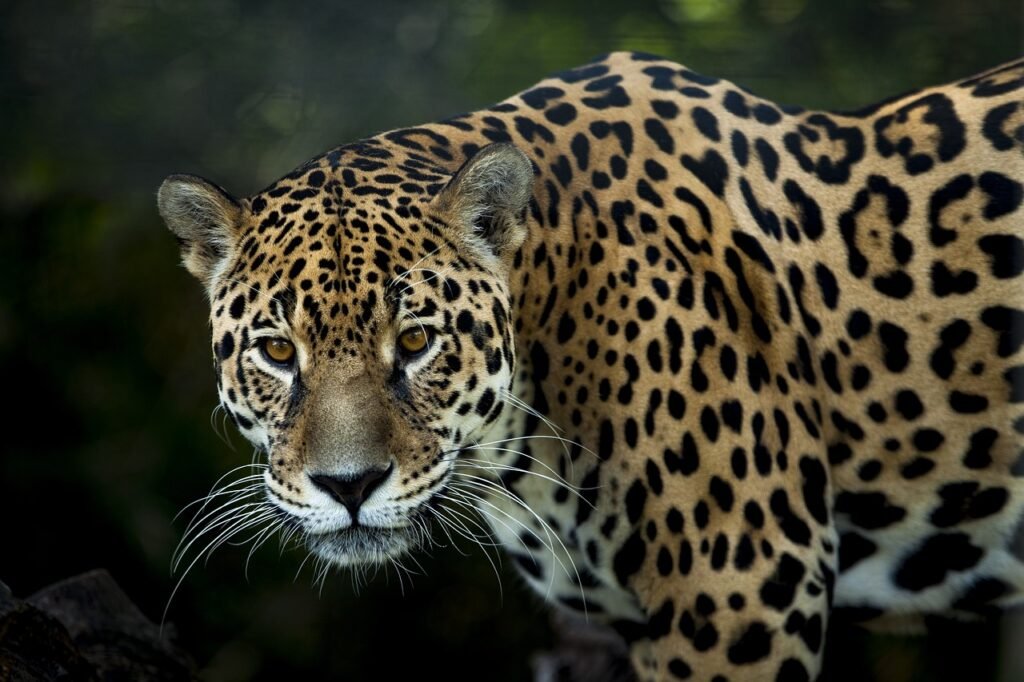
While less commonly discussed, feces also serve as a territorial marker for some big cats. By defecating in strategic locations, they leave behind not only visual but also olfactory cues that can communicate their presence and territorial boundaries to others. This method can be particularly useful in areas with low vegetation, where visual markers might be limited.
The Role of Territory in Resource Allocation
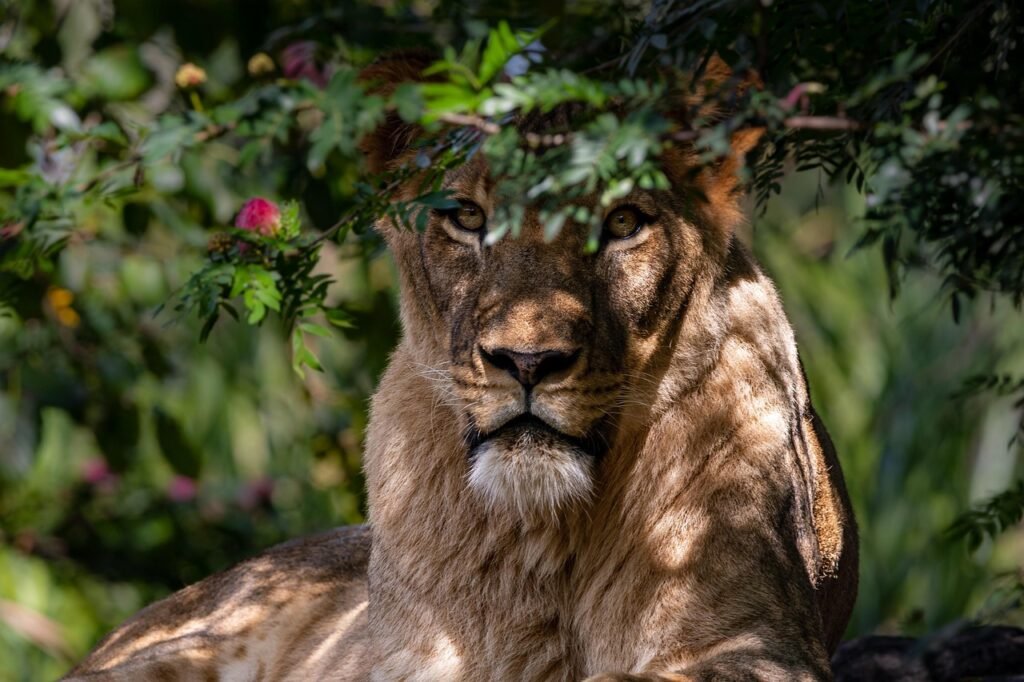
Territorial boundaries play a critical role in the allocation of resources such as prey, water, and mating opportunities. Big cats fiercely defend territories that provide abundant resources, enabling them to thrive and reproduce successfully. The size of a territory can vary significantly depending on the density of resources and the presence of rivals.
Seasonal Changes in Territorial Behavior
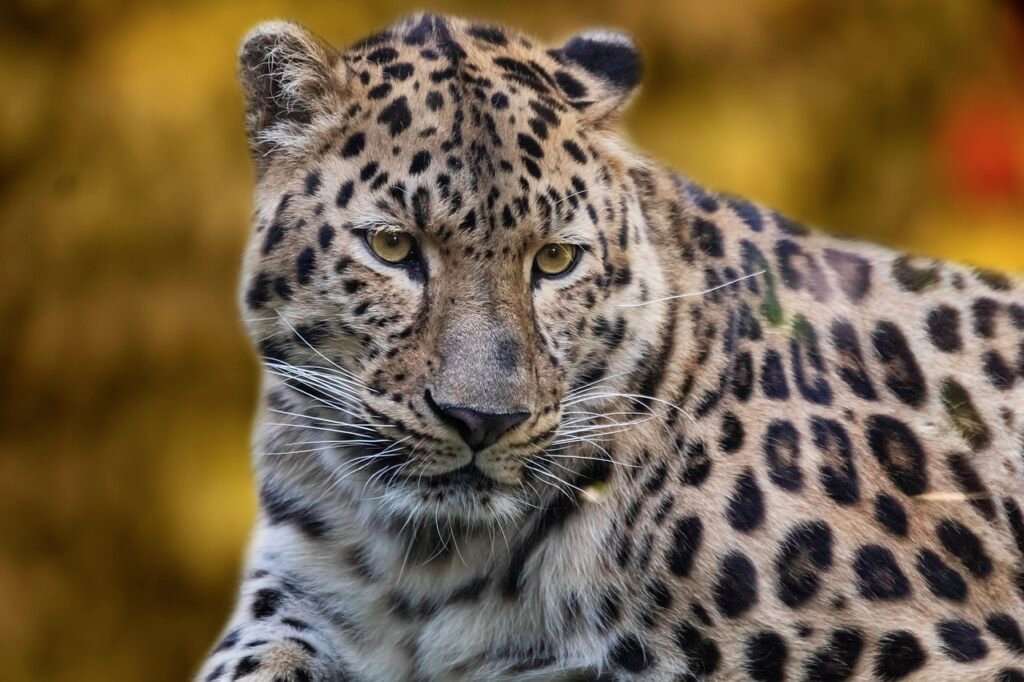
The territorial behavior of big cats can fluctuate with the seasons. During mating season, for example, some species may become more vocal or aggressive in their boundary displays. Conversely, during seasons of scarcity, territory sizes may expand or contract depending on the availability of resources and environmental conditions.
Challenges to Territory Marking
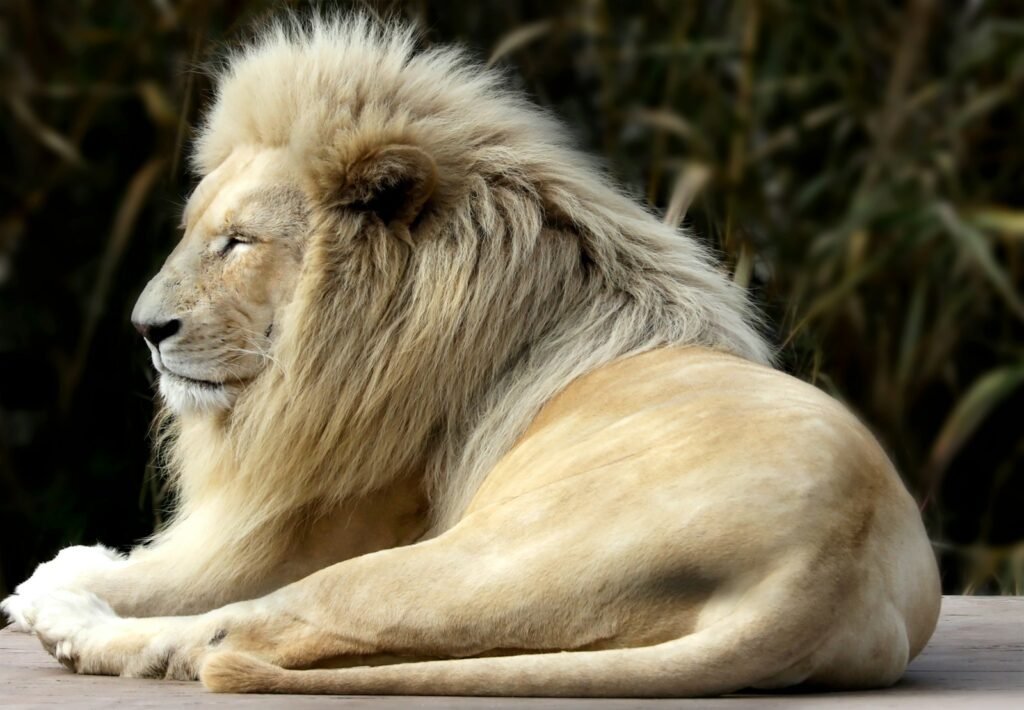
Big cats face numerous challenges in maintaining and marking their territories. Human activities, habitat fragmentation, and competition from other predators can all disrupt traditional territorial practices. These challenges may lead to increased conflicts and affect the overall health and survival of these majestic animals.
Conservation Implications
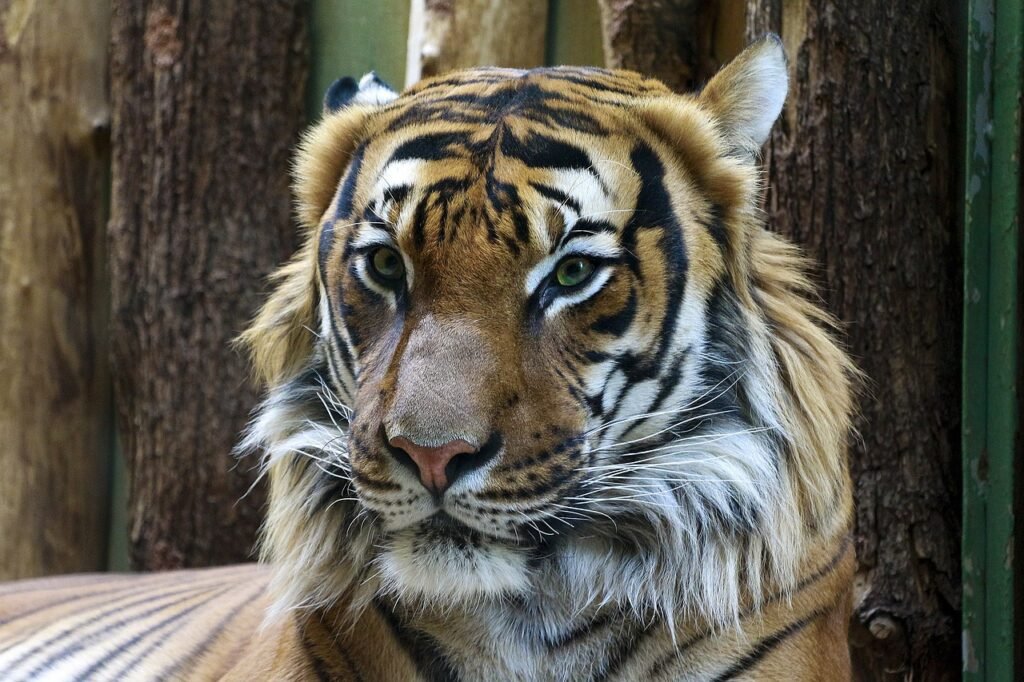
Understanding how big cats mark their territories and communicate with rivals is crucial for conservation efforts. Protecting the habitats that support these behaviors is essential for the survival of big cat populations. By preserving the natural landscapes and corridors they rely on, we can help ensure these incredible creatures continue to thrive in the wild.
Conclusion: The Art and Science of Territoriality
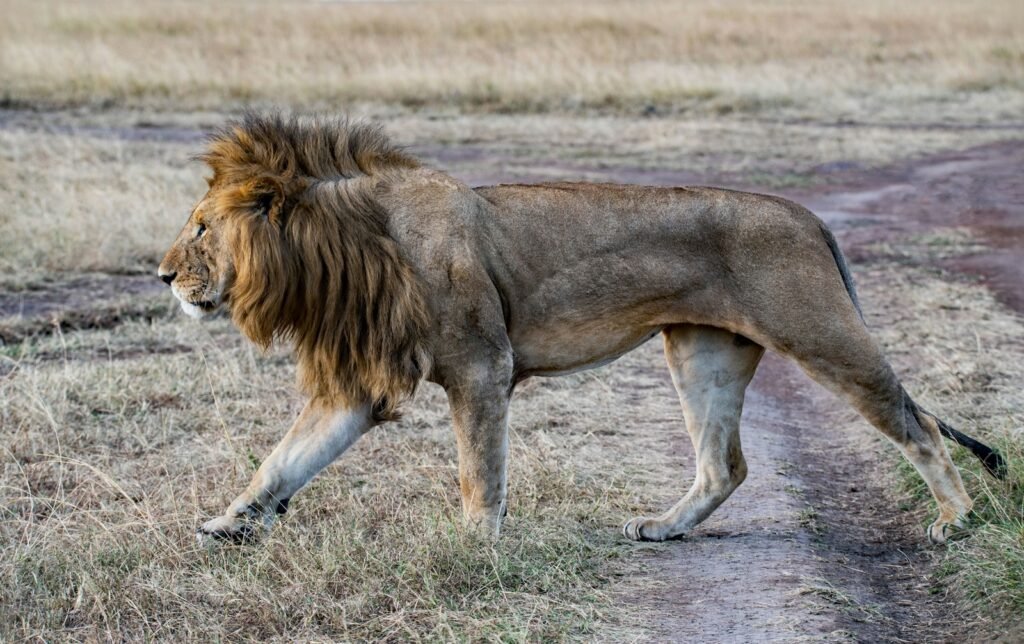
The strategies employed by big cats to mark their territory and communicate with rivals showcase a remarkable blend of biological instincts and environmental adaptations. These behaviors are vital to their survival, influencing everything from social structures to ecological balance. As we continue to study and protect these animals, we gain deeper insights into their complex world, and, by extension, our own.
Hi, I’m Bola, a passionate writer and creative strategist with a knack for crafting compelling content that educates, inspires, and connects. Over the years, I’ve honed my skills across various writing fields, including content creation, copywriting, online course development, and video scriptwriting.
When I’m not at my desk, you’ll find me exploring new ideas, reading books, or brainstorming creative ways to solve challenges. I believe that words have the power to transform, and I’m here to help you leverage that power for success.
Thanks for stopping by, Keep coming to this website to checkout new articles form me. You’d always love it!






